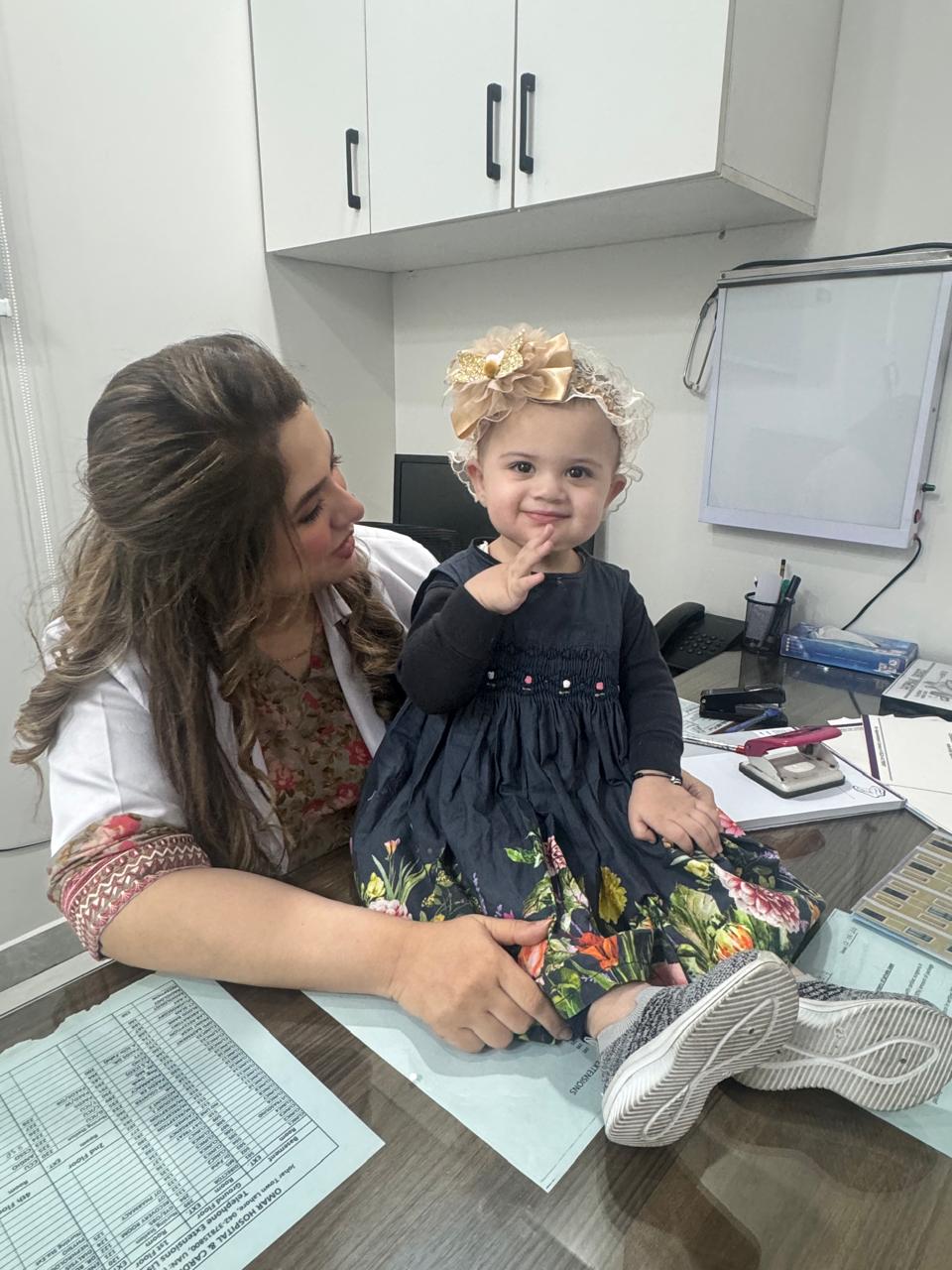🤰 Postpartum Body Changes: What to Expect After Giving Birth
Bringing a baby into the world is an incredible experience. Yet, while most people talk about pregnancy and delivery, fewer discuss what comes next — the postpartum body changes that affect nearly every woman after childbirth.
Your body has just done something extraordinary, and now it begins the journey of healing and rebalancing. These changes are normal, though they may be unexpected, emotional, or even overwhelming at times.
In this guide, we’ll explore the most common physical and emotional changes after childbirth, how long they last, and how to cope with them in a healthy, informed way.
🩺 What Are Postpartum Body Changes?
Postpartum body changes refer to the physical, hormonal, and emotional shifts that occur in a woman’s body after delivery. These changes may begin within hours of birth and can continue for weeks, months, or even a year.
Although many of these changes are temporary, some may be long-lasting or require medical support.
🧠 Hormonal Shifts After Delivery
One of the first and most significant postpartum body changes involves hormones.
- Estrogen and progesterone levels drop rapidly, which can lead to mood swings, irritability, or fatigue.
- The hormone prolactin increases to support breastfeeding.
- Oxytocin, the “love hormone,” is released during nursing, helping with bonding and uterine contractions.
These shifts affect not just your body, but your emotions, skin, sleep patterns, and even your hair.
🩸 Vaginal Bleeding (Lochia)
After birth, your body expels the uterine lining, which causes postpartum bleeding called lochia.
- It begins heavy and bright red, lasting for about 1–2 weeks.
- Then, it becomes lighter in flow and changes to pink, brown, or yellow-white.
- Most women stop bleeding completely within 4–6 weeks.
However, if the bleeding becomes unusually heavy, has clots, or smells foul, you should contact your doctor.
🧍♀️ Uterine and Abdominal Changes
Your uterus starts shrinking immediately after delivery in a process called involution.
- It may take 6–8 weeks to return to its pre-pregnancy size.
- Mild abdominal cramps are common and indicate the uterus is contracting properly.
- After a C-section, you may experience more pain around the incision site.
In addition, some women notice a soft belly or bulging abdomen that takes time and effort to tone again.
💦 Breast Changes and Milk Production
Whether or not you breastfeed, your breasts undergo major changes.
- Engorgement is common 2–5 days postpartum as milk comes in.
- You may feel pain, heaviness, or tenderness.
- Leaking, fullness, and enlarged nipples are normal during the early weeks.
Over time, your milk supply and breast size usually stabilize. Still, it’s important to wear supportive bras and treat issues like mastitis or blocked ducts early.
💇♀️ Hair Loss and Skin Changes
One of the lesser-known postpartum body changes is hair shedding, often starting around 3 months postpartum.
- This occurs due to hormonal shifts and is temporary.
- Hair usually regrows within 6–12 months.
Additionally, you might notice:
- Stretch marks (on the belly, breasts, hips, or thighs)
- Darkened skin patches (melasma)
- Acne or dry skin flare-ups
Although these changes fade over time, using gentle skincare and staying hydrated can help your skin recover.
🚽 Bladder and Bowel Changes
It’s common to experience changes in urination and bowel habits after delivery.
- Urinary incontinence may occur due to weakened pelvic muscles.
- Constipation is also common, especially after pain meds or C-sections.
- Hemorrhoids or perineal tears can make bowel movements uncomfortable.
Pelvic floor exercises (Kegels), high-fiber foods, and plenty of water can ease this transition.
🧘♀️ Weight and Body Shape
One of the biggest concerns for many new mothers is postpartum weight loss.
- Initially, you may lose 10–13 pounds right after delivery (baby + placenta + fluid).
- The rest of the weight may take months to come off, especially if you’re breastfeeding or healing from surgery.
Moreover, your body shape may change permanently — hips may be wider, your waist softer, or your belly stretchier.
Instead of focusing on rapid weight loss, prioritize balanced eating, movement, and self-compassion.
❤️ Emotional and Mental Health Changes
Although physical healing is important, your mental and emotional recovery is equally vital.
🔹 Common Emotional Shifts:
- Baby blues: Mild sadness, mood swings, and crying spells (typically resolves within 2 weeks)
- Postpartum depression: Persistent sadness, anxiety, or hopelessness lasting beyond 2 weeks
- Postpartum anxiety or OCD: Intense worry or intrusive thoughts
Talk to your healthcare provider if you experience lasting emotional distress. You’re not alone, and help is available.
🔄 Sexual Health and Libido
Hormonal changes, lack of sleep, body image issues, and healing from delivery can all affect sexual desire after birth.
- Most doctors recommend waiting 4–6 weeks before resuming sex.
- Dryness or discomfort is common and can be managed with lubricants or estrogen creams.
- Open communication with your partner and a gentle approach are key.
Remember, regaining comfort and confidence takes time — and that’s perfectly normal.
⏳ How Long Do Postpartum Body Changes Last?
Every woman’s recovery is different. While some symptoms disappear within weeks, others may take:
- 6 weeks for initial healing
- 3–6 months for hormonal balance
- 12+ months for full body restoration
Furthermore, some permanent changes—like stretch marks, wider hips, or a C-section scar—become part of your unique motherhood story.
✅ Conclusion: Embrace the Changes, Honor Your Journey
In conclusion, postpartum body changes are natural, necessary, and unique to every mother. Although they may be challenging at times, they reflect the strength and beauty of your body’s ability to grow and nurture life.
Instead of rushing recovery or chasing unrealistic goals, give yourself time, support, and grace. With proper care and understanding, your body will continue to evolve — and thrive.
